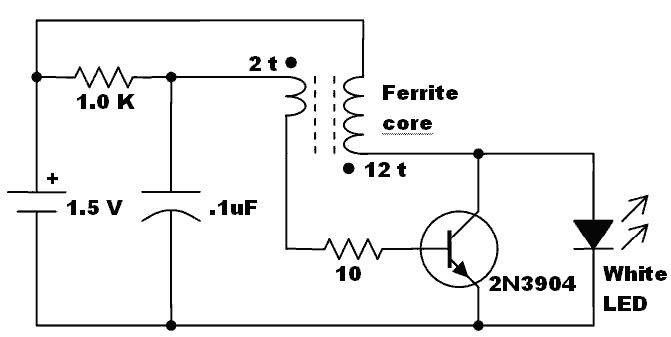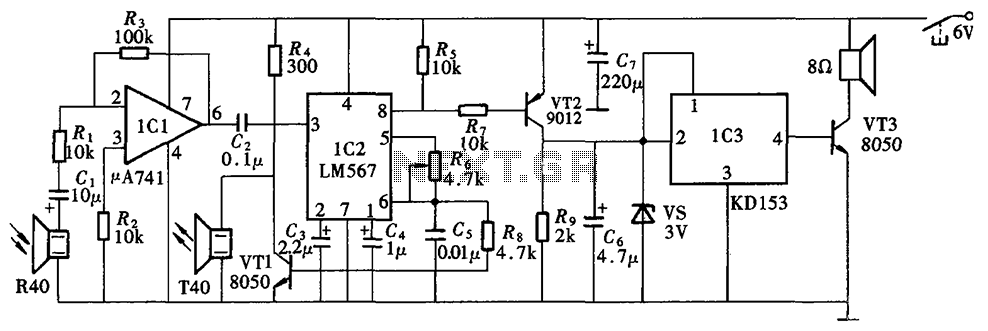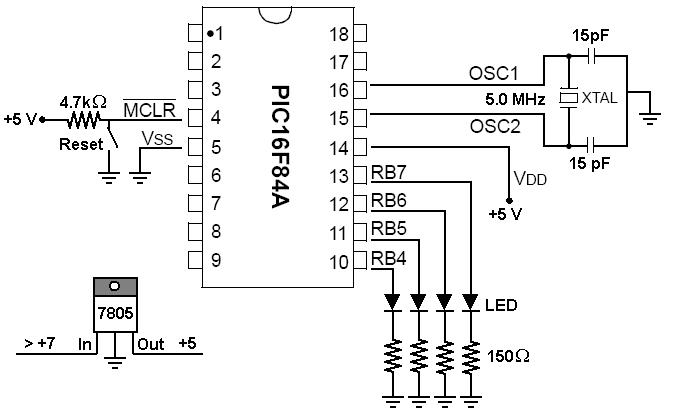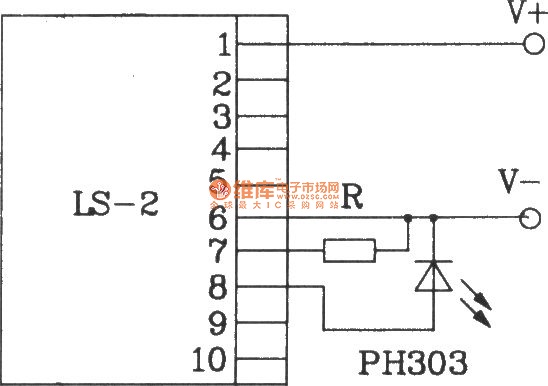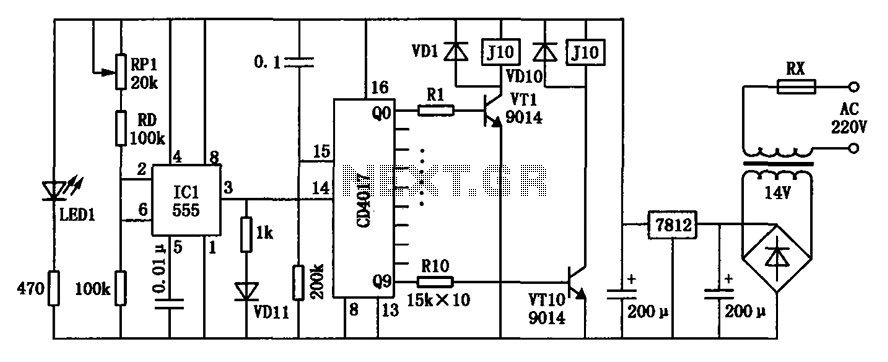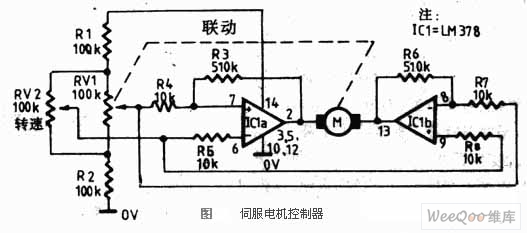
Low-pass filter circuit diagram subwoofer
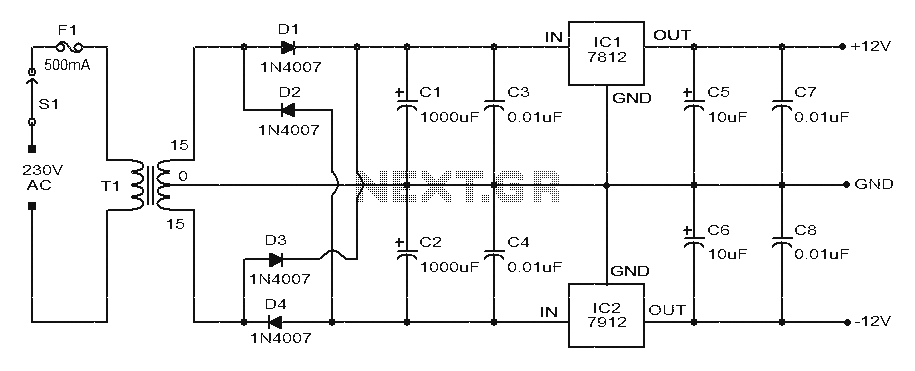
This is a subwoofer low-pass filter circuit, which is another variant based on the discharge from ST Microelectronics' TL062. The TL062 is a dual high-input impedance J-FET operational amplifier characterized by low power consumption and a high slew rate. It possesses excellent audio features, making it highly suitable for audio applications. The circuit includes two TL062 operational amplifiers. The first amplifier is configured as a mixer and preamplifier stage, where the left and right channels are connected to the inverting input of IC1a for mixing. The gain of this first stage can be adjusted using the output connected to a potentiometer (R3). The filter assembly, consisting of resistors R5, R6, R7, R8 and capacitors C4 and C5, is connected to the input of the second stage. The second operational amplifier (IC1b) functions as a buffer, filtering the output at pin 7 of the TL062. Precautions include ensuring a high-quality printed circuit board assembly. The circuit requires a dual power supply of +12/-12 V DC, and the TL062 operational amplifiers must be properly installed in their holders.
The subwoofer low-pass filter circuit is designed to effectively manage audio signals by allowing low-frequency sounds to pass while attenuating higher frequencies. The TL062's dual configuration allows for efficient signal processing, where the first operational amplifier (IC1a) serves to mix and amplify the audio signals from both left and right channels. This configuration is particularly beneficial for audio applications, as it maintains signal integrity and minimizes distortion.
The adjustment of gain through potentiometer R3 enables fine-tuning of the output level, accommodating various audio sources and preferences. The filter network, composed of resistors and capacitors, is crucial for defining the cutoff frequency of the low-pass filter, which determines the range of frequencies that will be passed to the subwoofer. The values of R5, R6, R7, R8, C4, and C5 should be selected based on the desired cutoff frequency and the specific characteristics of the audio system.
The second operational amplifier (IC1b) acts as a buffer, providing a high input impedance and low output impedance, which is essential for driving the subsequent stages of the audio system without loading down the previous stage. This configuration ensures that the filtered output maintains fidelity and is suitable for driving a subwoofer.
When assembling the circuit, it is critical to use a high-quality printed circuit board to minimize noise and interference, which can adversely affect audio performance. The dual power supply requirement of +12/-12 V DC is standard for operational amplifier circuits, ensuring that the amplifiers function within their optimal voltage range. Proper installation of the TL062 in its holders is essential for reliable operation and to avoid connection issues that could lead to circuit failure. Overall, this subwoofer low-pass filter circuit is a robust solution for enhancing audio playback in subwoofer applications.Many subwoofer low-pass filter circuit , this is just another. Circuit given here are based on discharge from ST Microelectronics shipped TL062. TL062 is a dual high input impedance J - FET operational amplifier with very low power consumption and high slew rate. Operational amplifier with excellent audio features, this track is very suitable. Inside two TLC062 operational amplifier, the first one is wired as a mixer and preamplifier stage. Left and right channel is connected to the inverting input IC1a mixing. The first stage of the gain can be adjusted using the output of the first stage is pot R3.The network through the filter assembly R5, R6, R7, R8, C4 and C5 is connected to the input of the second stage. The second operational amplifier (IC1B) as a buffer, in 7 feet of TLC062 and filter the output. Schematic Precautions Good quality printed circuit board assembly. The circuit can be +12 / -12 V DC dual power supply. In IC1 holders must be installed.
The subwoofer low-pass filter circuit is designed to effectively manage audio signals by allowing low-frequency sounds to pass while attenuating higher frequencies. The TL062's dual configuration allows for efficient signal processing, where the first operational amplifier (IC1a) serves to mix and amplify the audio signals from both left and right channels. This configuration is particularly beneficial for audio applications, as it maintains signal integrity and minimizes distortion.
The adjustment of gain through potentiometer R3 enables fine-tuning of the output level, accommodating various audio sources and preferences. The filter network, composed of resistors and capacitors, is crucial for defining the cutoff frequency of the low-pass filter, which determines the range of frequencies that will be passed to the subwoofer. The values of R5, R6, R7, R8, C4, and C5 should be selected based on the desired cutoff frequency and the specific characteristics of the audio system.
The second operational amplifier (IC1b) acts as a buffer, providing a high input impedance and low output impedance, which is essential for driving the subsequent stages of the audio system without loading down the previous stage. This configuration ensures that the filtered output maintains fidelity and is suitable for driving a subwoofer.
When assembling the circuit, it is critical to use a high-quality printed circuit board to minimize noise and interference, which can adversely affect audio performance. The dual power supply requirement of +12/-12 V DC is standard for operational amplifier circuits, ensuring that the amplifiers function within their optimal voltage range. Proper installation of the TL062 in its holders is essential for reliable operation and to avoid connection issues that could lead to circuit failure. Overall, this subwoofer low-pass filter circuit is a robust solution for enhancing audio playback in subwoofer applications.Many subwoofer low-pass filter circuit , this is just another. Circuit given here are based on discharge from ST Microelectronics shipped TL062. TL062 is a dual high input impedance J - FET operational amplifier with very low power consumption and high slew rate. Operational amplifier with excellent audio features, this track is very suitable. Inside two TLC062 operational amplifier, the first one is wired as a mixer and preamplifier stage. Left and right channel is connected to the inverting input IC1a mixing. The first stage of the gain can be adjusted using the output of the first stage is pot R3.The network through the filter assembly R5, R6, R7, R8, C4 and C5 is connected to the input of the second stage. The second operational amplifier (IC1B) as a buffer, in 7 feet of TLC062 and filter the output. Schematic Precautions Good quality printed circuit board assembly. The circuit can be +12 / -12 V DC dual power supply. In IC1 holders must be installed.
